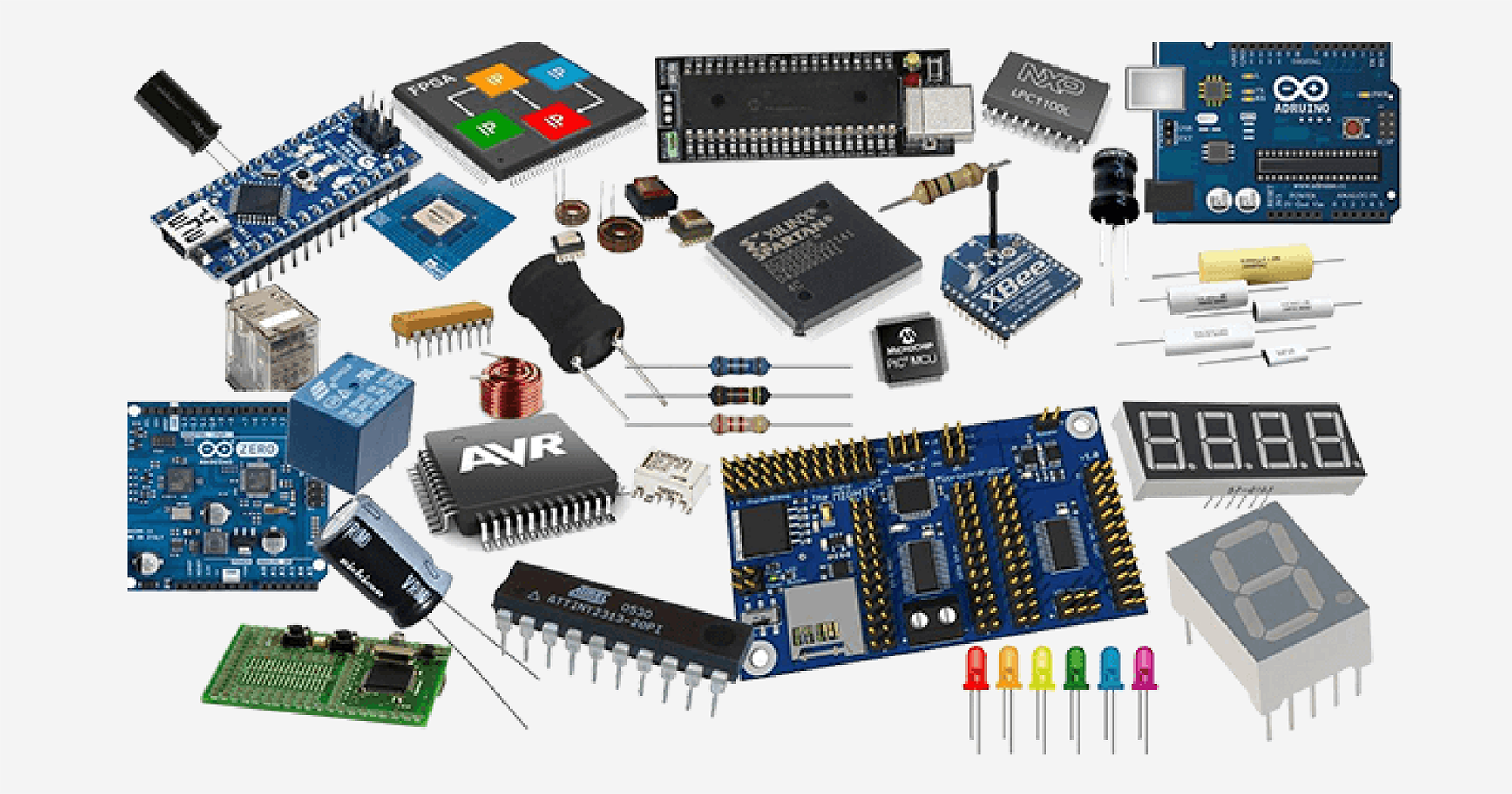How to Control the Output Current of a 4/0 Driver
For procurement professionals, engineers, and electronics enthusiasts, understanding the nuances of driver technologies like the 4/0 driver is essential. A frequent question arises: how is the output current of a 4/0 driver controlled? Let’s break this down with practical insights and actionable information.

Understanding the Role of a 4/0 Driver
The 4/0 driver, widely used in power management and signal transmission applications, plays a crucial role in converting and regulating electrical signals. This type of driver is known for its ability to provide high current drive capabilities, making it ideal for driving inductive or capacitive loads.
The key lies in its output current control mechanism, which ensures stable and efficient operation across varying load conditions. Whether you’re designing power circuits or evaluating components for a project, knowing these mechanisms is critical to achieving desired performance outcomes.
Key Methods to Control Output Current
Several techniques can be employed to regulate the output current in a 4/0 driver. Below, we delve into the most common and effective methods:
Pulse Width Modulation (PWM)
One of the most widely used methods is Pulse Width Modulation (PWM). By varying the duty cycle of a pulse signal, the driver adjusts the average current delivered to the load.
How it works: PWM switches the output signal on and off rapidly, and the ratio of the "on" time to the total cycle determines the effective current.
Advantages: PWM is highly efficient as it minimizes energy loss in switching. It also allows for precise control of current levels.
Applications: Common in motor control, LED dimming, and DC-DC converters.
Current Sensing with Feedback Loops
Another method involves current sensing combined with feedback control.
How it works: A resistor (shunt resistor) is placed in the output path to monitor the current. The sensed current generates a proportional voltage signal, which is fed back into the driver circuit.
Control: The driver adjusts its output to match the desired current level by comparing the sensed signal with a reference.
Advantages: Provides real-time adjustment, ensuring stability under varying load conditions.
Applications: Widely used in power supplies and battery chargers.
External Components and Driver Configuration
Adjusting Reference Voltages
Drivers often have built-in or external pins for setting a reference voltage. This voltage determines the maximum output current.
How it works: By changing the reference voltage, the driver’s internal circuitry adjusts the output to limit the current.
Flexibility: This method is simple and can be implemented with external potentiometers or fixed resistors.
Advantages: Allows for user-defined current limits without complex circuitry.
Digital Control with Microcontrollers
Modern applications increasingly rely on digital control for enhanced flexibility.
How it works: A microcontroller sends digital signals to the driver, adjusting parameters like current limits and response times dynamically.
Features: Digital control enables programmability, making it easier to fine-tune settings remotely or adapt to changing requirements.
Applications: Preferred in IoT devices, robotics, and industrial automation.
Challenges in Current Control
While controlling the output current of a 4/0 driver is straightforward in theory, real-world implementation can present challenges:
Thermal Management: High current levels can lead to significant heat generation. Adequate heat sinks or cooling mechanisms are essential.
EMI Considerations: Switching techniques like PWM can introduce electromagnetic interference (EMI). Proper filtering and shielding are required to mitigate these effects.
Component Selection: Choosing the right driver, resistors, and capacitors is critical to achieving desired performance without overshooting budgets.
Conclusion
Controlling the output current of a 4/0 driver involves a mix of techniques, from PWM and feedback loops to advanced digital controls. Each method has its unique benefits and applications, allowing engineers to tailor solutions to specific needs.
By understanding these mechanisms and addressing associated challenges, you can optimize performance, enhance efficiency, and ensure reliability in your applications. Whether you’re a seasoned professional or a newcomer to electronics, mastering current control in drivers is a valuable skill that paves the way for innovation and success.
For more information or to request a quote, please feel free to send us an RFQ.
Some Model Numbers




